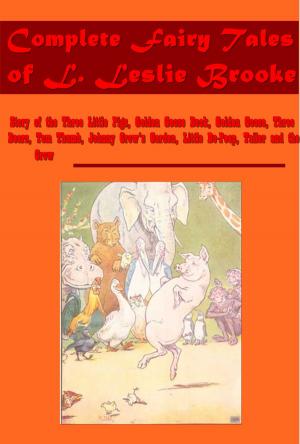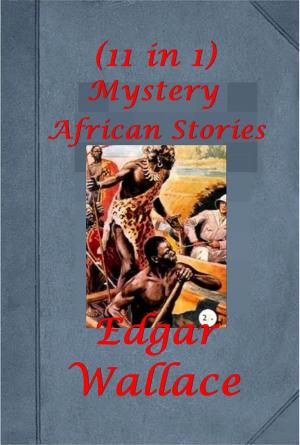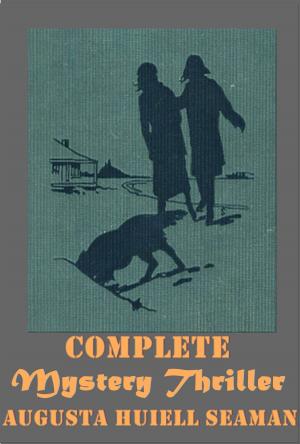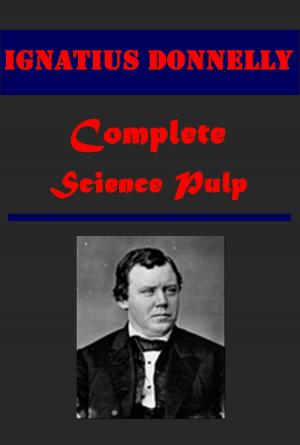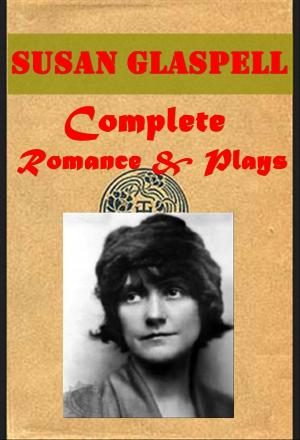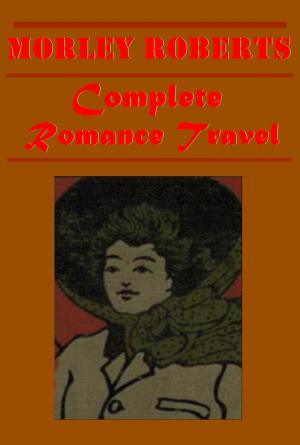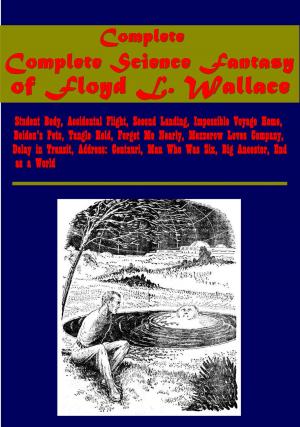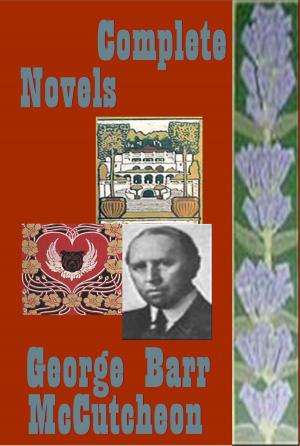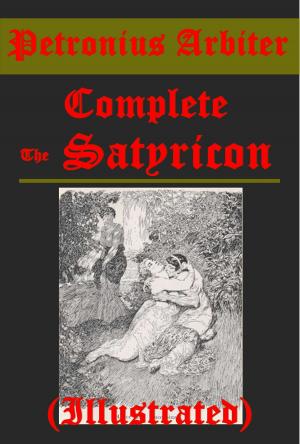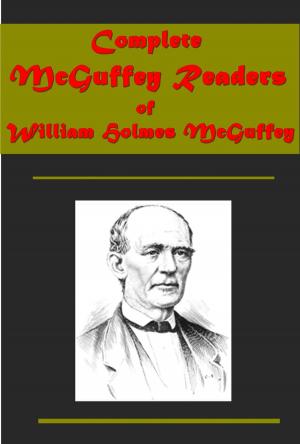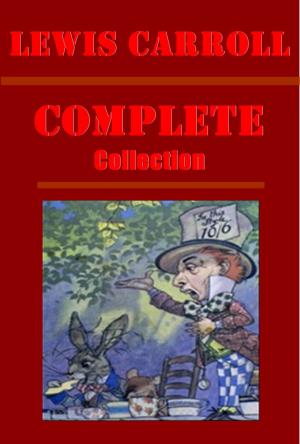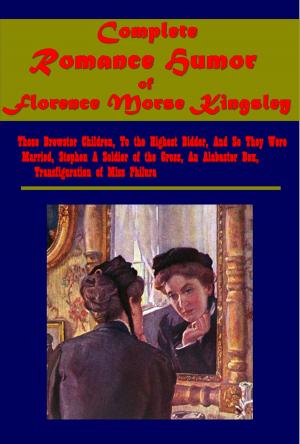Complete Women's Studies Romance Horror
Fiction & Literature, Literary Theory & Criticism, Feminist Criticism, Essays & Letters, Essays, Romance, Contemporary| Author: | Charlotte Perkins Gilman | ISBN: | 1230000272768 |
| Publisher: | AEB Publishing | Publication: | October 7, 2014 |
| Imprint: | Language: | English |
| Author: | Charlotte Perkins Gilman |
| ISBN: | 1230000272768 |
| Publisher: | AEB Publishing |
| Publication: | October 7, 2014 |
| Imprint: | |
| Language: | English |
American sociologist, novelist, writer of short stories, poetry, and nonfiction, and a lecturer for social reform. She was a utopian feminist during a time when her accomplishments were exceptional for women, and she served as a role model for future generations of feminists because of her unorthodox concepts and lifestyle. Her best remembered work today is her semi-autobiographical short story, "The Yellow Wallpaper".
Table of Contents
The Yellow Wallpaper
What Diantha Did
If I Were a Man
The Giant Wistaria
Our Androcentric Culture
Herland
The Crux
The home
Concerning Children
The Yellow Wallpaper -
Presented in the first person, the story is a collection of journal entries written by a woman whose physician husband has confined her to the upstairs bedroom of a house he has rented for the summer. She is forbidden from working, and has to hide her journal from him, so she can recuperate from what he calls a "temporary nervous depression – a slight hysterical tendency," a diagnosis common to women in that period. The windows of the room are barred, and there is a gate across the top of the stairs, allowing her husband to control her access to the rest of the house.
Herland is a utopian novel from 1915, written by feminist Charlotte Perkins Gilman. The book describes an isolated society composed entirely of women who reproduce via parthenogenesis (asexual reproduction). The result is an ideal social order, free of war, conflict and domination.
The Crux-
This story is, first, for young women to read; second, for young men to read; after that, for anybody who wants to. Anyone who doubts its facts and figures is referred to
American sociologist, novelist, writer of short stories, poetry, and nonfiction, and a lecturer for social reform. She was a utopian feminist during a time when her accomplishments were exceptional for women, and she served as a role model for future generations of feminists because of her unorthodox concepts and lifestyle. Her best remembered work today is her semi-autobiographical short story, "The Yellow Wallpaper".
Table of Contents
The Yellow Wallpaper
What Diantha Did
If I Were a Man
The Giant Wistaria
Our Androcentric Culture
Herland
The Crux
The home
Concerning Children
The Yellow Wallpaper -
Presented in the first person, the story is a collection of journal entries written by a woman whose physician husband has confined her to the upstairs bedroom of a house he has rented for the summer. She is forbidden from working, and has to hide her journal from him, so she can recuperate from what he calls a "temporary nervous depression – a slight hysterical tendency," a diagnosis common to women in that period. The windows of the room are barred, and there is a gate across the top of the stairs, allowing her husband to control her access to the rest of the house.
Herland is a utopian novel from 1915, written by feminist Charlotte Perkins Gilman. The book describes an isolated society composed entirely of women who reproduce via parthenogenesis (asexual reproduction). The result is an ideal social order, free of war, conflict and domination.
The Crux-
This story is, first, for young women to read; second, for young men to read; after that, for anybody who wants to. Anyone who doubts its facts and figures is referred to

